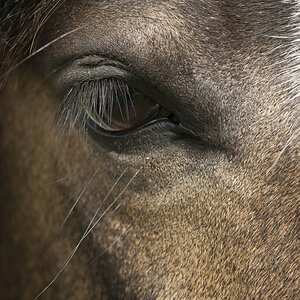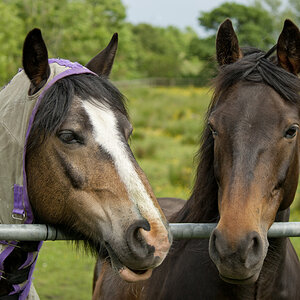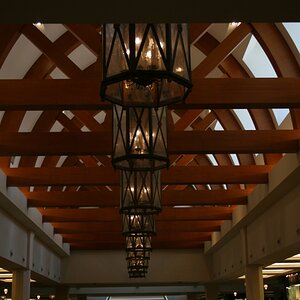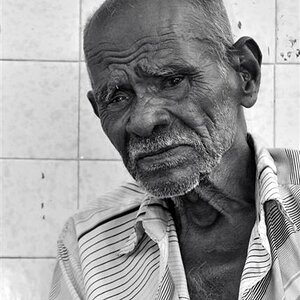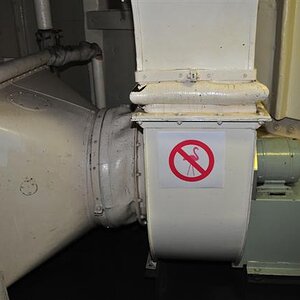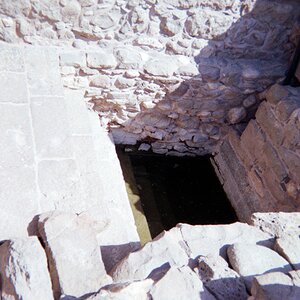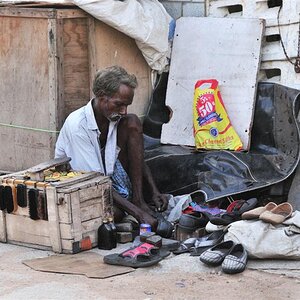mysteryscribe
TPF Noob!
- Joined
- Feb 1, 2006
- Messages
- 6,071
- Reaction score
- 3
- Location
- in the middle of north carolina
- Website
- retrophotoservice.2ya.com
- Can others edit my Photos
- Photos OK to edit
I have a question and please let's not let this deteriorate to a partisan fight. I want to know what the basic difference between say the information and versitility of a negative image vs a raw file. I know from nothing about digital cameras but I do a little scanning of negs and they seem very versitile. I was wondering if this is somehow close to the way a raw file works. Thats all no value judgement attached to it.



